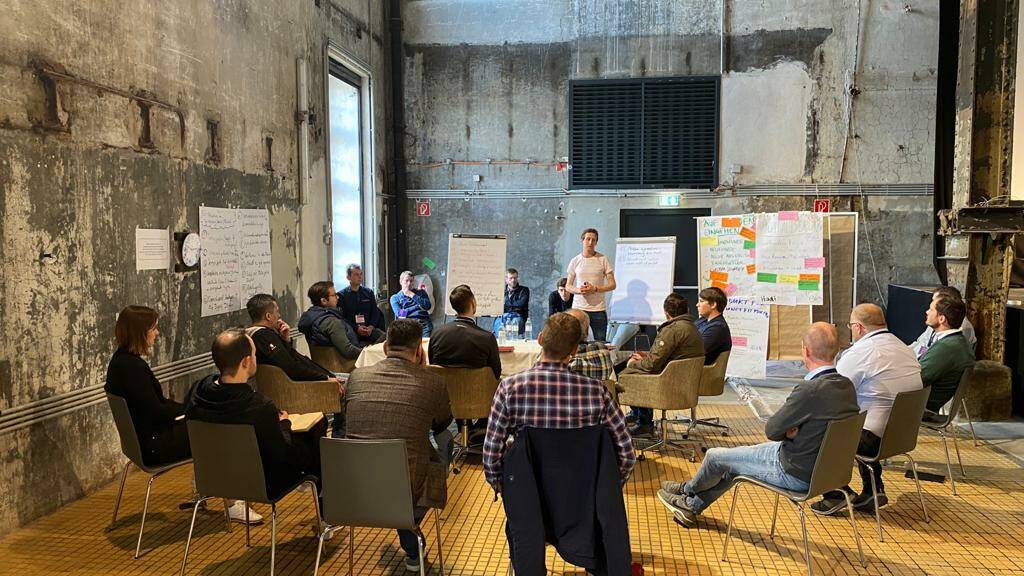Management Cybernetics: how to handle complexity in organizations
How can you solve complex problems without losing the buy-in of your employees? Well, it’s pretty easy: by involving them in decision-making and, thereby, making them take over responsibility. Sounds reasonable, right? However, (as always) the devil is in the details.
We’ve already talked about why our world is characterized by change, why agility is so much more than just a fad, and how modern goal-setting and steering systems like OKRs can contribute to seeing light at the end of the tunnel.
What happens, though, if the problem is deeply entrenched in an organization, if basic decisions about the further direction of a company can’t be made because there is no common ground? Oftentimes, the reason for such a standoff is the content-related complexity of the problem and the resulting fact that many people and competencies would have to collaborate and be connected to find a solution. In practice, the endeavor of bringing together the people whose knowledge and contributions are necessary to solve the problem often fails. Because “it’s too complicated,” “there’s no time,” or “nothing would come of it anyway.” These are the most popular excuses for not having to tackle the challenge of solving a complex problem.
The solution to complex problems
That’s where the so-called Management Cybernetics, an exciting economic approach, come into play. It sees organizations as complex mechanisms where the single parts (that is, employees, departments, etc.) strongly depend on each other. The Austrian saying “Durchs Reden kommen d’Leut zam” explains the essence of this model in one sentence—and could be translated as “Talking brings people closer together.”
We at Leaders21 strongly believe in this cybernetic approach and support companies in creating the space necessary to bring together a large number of members of an organization to exchange views, experiences and ideas, thereby laying the groundwork for finding solutions to complex problems—together.
How to manage complexity in real life
So far, so clear. But what would this look like in real life? At Leaders21, we call the implementation of this approach a “Summit.” And here’s how it works:
- Develop a common understanding of the task at hand and choose and onboard all participants
- Create the right setting:
To allow for focused work, all participants should be able to leave their daily work behind for 1 to 2 days and get the chance to tackle the challenges at hand in a neutral environment (e.g., in a hotel somewhere in the countryside).
By the way, even if a physical location facilitates the exchange, a Summit can also be held digitally.
- Phrase a guiding question:
To ensure that everyone is on the same page regarding the common goal, it is vital to phrase the Summit goal in a clear, unambiguous way.
- Define focus topics together:
The group decides together which focus areas will be tackled in the course of the Summit.
- Understand the status quo and design a desired target state
- Agree on measures needed to reach the goal and assign responsibilities
The clear benefits of this approach for managing complexity in organizations are that the entire know-how and competence of the company can be harnessed on the one hand and that the shared responsibility leads to a stronger identification with the agreed-upon solutions and measures on behalf of the team members on the other hand. A real win-win situation for both team members and organization!
Fritz Krassnitzer
Email: fritz.krassnitzer@leaders21.com
Link to profilepage

